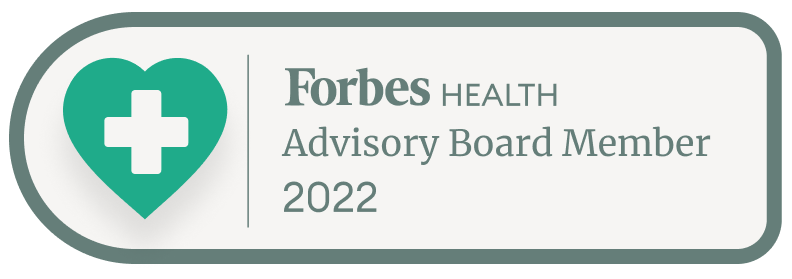I recently had a patient who was feeling well, but came to me for optimizing his performance and making sure he was doing all he could to prevent problems down the road. I won’t use his real name, so let’s call him Brent.
Brent had typical annual physical labs done, which showed mildly high cholesterol, but not much else. His primary care doc just told him to work on his diet in general. The more detailed workup we do as part of optimal performance medicine revealed that other biomarkers for heart disease risk were quite high – markers like ApoB and Lipoprotein(a). At 54 years old, I suggested Brent have a more detailed test to see if he had any plaque in the arteries around his heart, a telltale sign of atherosclerosis, the disease that causes heart attacks and strokes. Cardiovascular imaging such as a coronary calcium scan or coronary CT angiogram can identify if there is actually blockage already present, inhibiting the healthy flow of blood to the heart muscle.
You see, blood tests can tell us if someone has a risk of plaque, but the actual manifestation of that risk is only able to be analyzed using cardiovascular imaging.
What is a coronary calcium scan?
This is a simple CT scan of your chest that zeroes in on the arteries around your heart – your coronary arteries. It takes less time and uses less radiation than a full chest CT. It takes just a few minutes, but can reveal exactly how much calcified plaque there is in the arteries where blockages lead to heart attacks. The results are turned into a calcium score – the higher the score, the more plaque you have. These tests are often not covered by insurance, but generally cost less than $200 if you ask for the cash price.
Brent had a calcium score over 70, indicating quite a bit of plaque. In fact he had significant plaque in 2 of the main arteries feeding blood to his heart. We know that actual heart attacks happen not only when there is plaque, but when that plaque ruptures, an event that is caused in part by inflammation. We had checked Brent’s inflammation biomarkers, so I knew those were high. He was at high risk for a big heart attack that could literally kill him.
I referred him to a cardiologist who had Brent undergo a stress test, which showed that when his heart was working hard, these plaques were significantly affecting the flow of blood to the heart. This meant he needed to have those arteries propped open by stents, which were placed that same week by the cardiologist during an outpatient procedure. These stents basically squished the plaque to the side, reducing his risk of a heart attack significantly and improving his ability to exercise as hard as he wanted.
Brent exemplified the way heart disease prevention should be happening. We are way beyond the days when an ordinary lipid panel is sufficient at assessing your chances of “the big one.” I urge anyone at risk, which includes men and women over 50, anyone with hypertension, high blood sugar or high cholesterol, to have a deeper dive with advanced biomarkers and cardiovascular imaging if those biomarkers aren’t perfect,. It could literally save your life.
Are you getting the nutrients you need for long-term health? Download my Top 10 Supplements For Men PDF to learn about the most critical supplements you need.
Myles Spar, MD, MPH is board certified in Internal Medicine and in Integrative Medicine. As a clinician, teacher and researcher on faculty of the top Integrative Medical Center in the U.S., he has led the charge for a more proactive, holistic and personalized approach to care that focuses on cutting edge technology and preventative care. Dr. Spar has been a consultant with the NBA, presented a TEDx Talk, appeared on national television, and been featured in publications such as the Men’s Journal and the Los Angeles Times. He is National Director and V.P. of Medical Services for AndHealth, a digital health company utilizing lifestyle medicine approaches to reverse chronic illness. He is available on a limited basis to consult with individual patients interested in a personalized approach to optimal performance and health.



